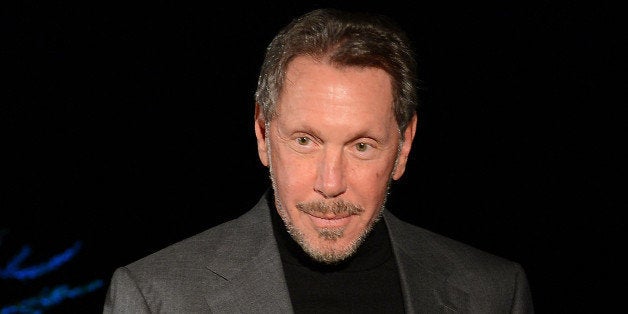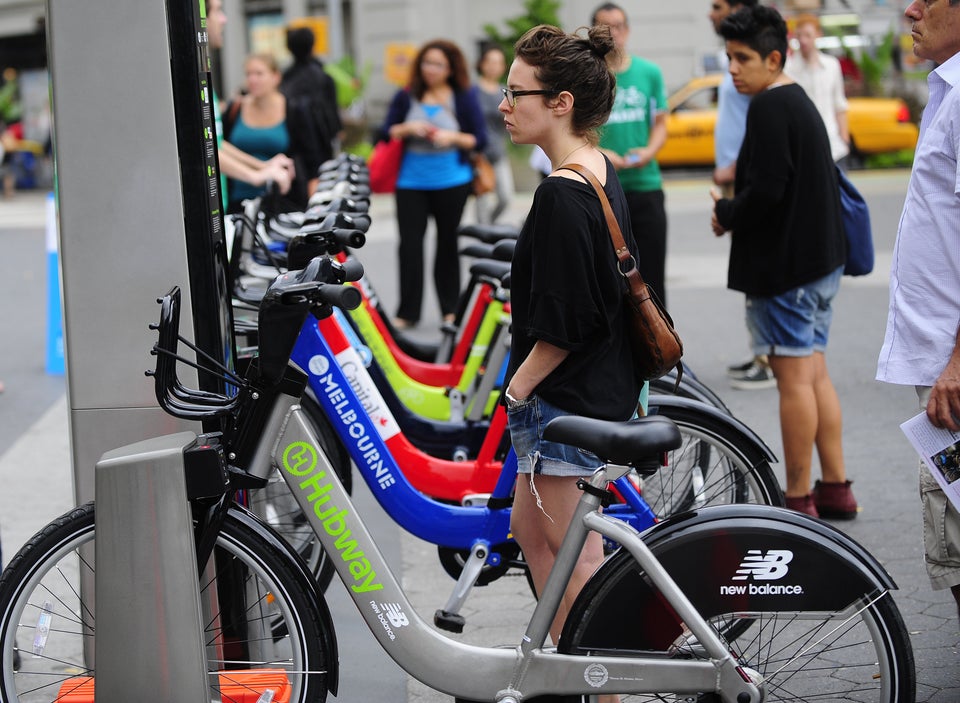
Larry Ellison is doubling down on his quest to make the Hawaiian island of Lanai a beacon of sustainable living.
"I was just looking at the Lanai five-year budget," he told a group in Las Vegas recently. "And wow, it's expensive."
The Oracle CEO bought 98 percent of the island in 2012 for $300 million and has since described a grand and ambitious vision for an environmental Utopia -- one that includes everything from electric cars to solar- and wind-powered desalination projects.
But one of the island's greatest environmental hurdles is sustainable agriculture, which is why Ellison recently announced plans to build four greenhouses and a half-acre of bio-beds on the island. Set to break ground this summer, the facilities are supposed to combat poor rainfall conditions and provide enough food for Lanai's 3,000 residents and many tourists.
The 141-square mile island is home to two Four Seasons Resorts -- both of which Ellison owns -- and sees roughly 70,000 visitors annually, each with an average visit length of four days. The secluded Aloha state currently imports 85 to 90 percent of its food, but Ellison hopes Lanai can pave the way as an agricultural innovator. Of his new facilities, he noted, "we think this is what agriculture is going to look like 20 to 30 years from now."
The planned facilities will use sophisticated computers to monitor drip irrigation systems. "If part of the field is in shadow," Ellison explained, "you put less water on that part of the field. If part of the field has higher acidic content, you fertilize that part of the field differently."
The facilities will also farm fish, allowing it to take advantage of aquaponics, which uses fish waste to add nutrients into a hydroponic system. As Pacific Business News explains, the systems would require only 10 percent of the water needed to grow an equivalent amount of produce in soil.
Lanai was once known as the Pineapple Island since Dole operated the world's largest pineapple plantation there in the 1930s. While Ellison is focusing on a more diversified and organic crop rotation, he clearly wants to restore Lanai's potential for commercial agriculture, no matter the cost.
